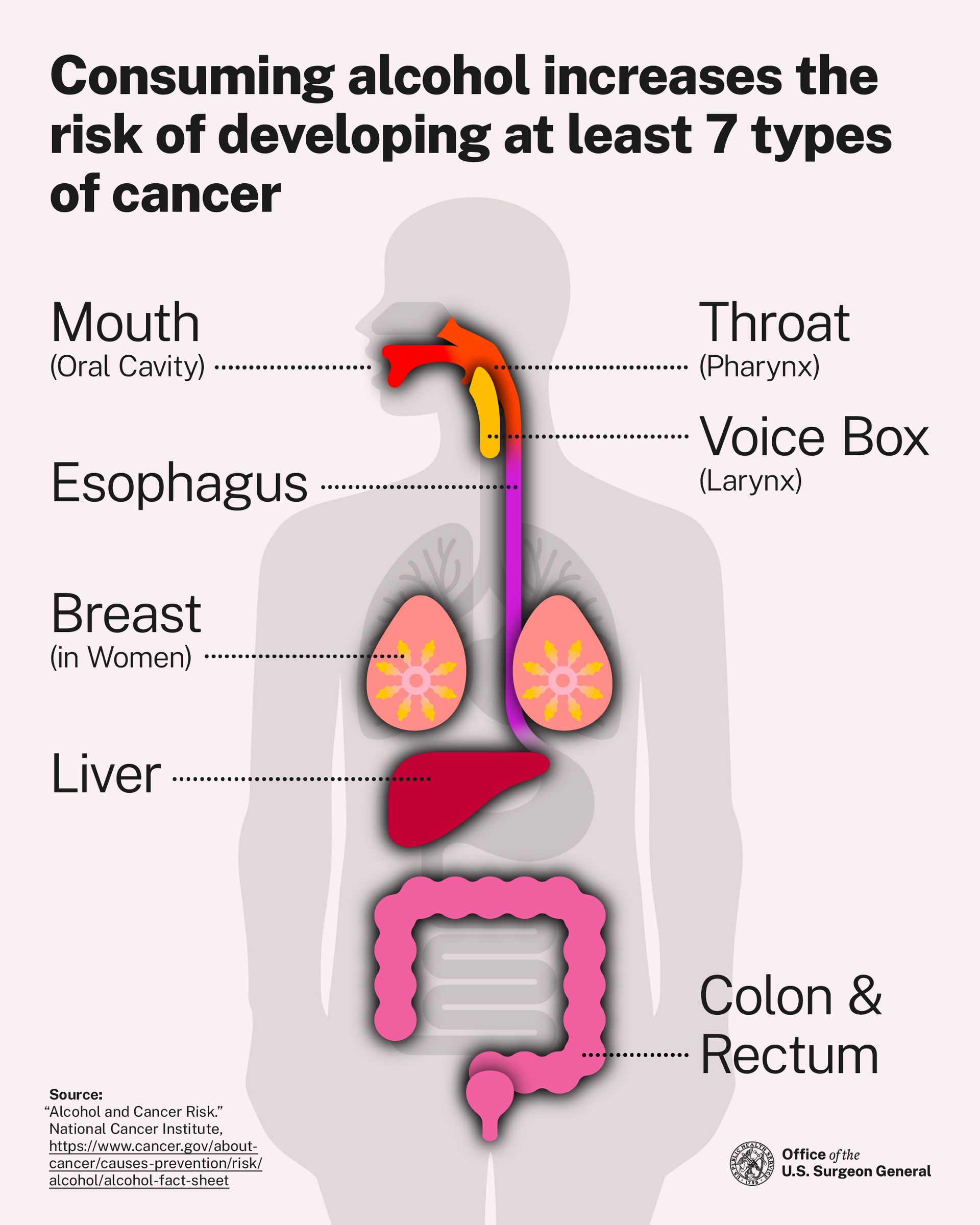SHOULD LEGAL MARIJUANA HAVE A WARNING LABEL?
When we buy a bottle of wine, not only are we told its vintage and alcohol volume, but also there is a warning label advising pregnant women, drivers and machine operators not to drink the product while pregnant, driving or working.
And, of course, we all know that cigarettes have had a Surgeon General's warning since the 1960's. Not only are marijuana products devoid of any such warnings, at the Federal level, at least, the agency most likely to provide guidance about such warnings, the FDA (Food and Drug Administration) has their hands tied because, under Title 21, Section 811 of the US Code, marijuana is still considered a controlled substance. As long as pot is illegal at the Federal level, the FDA can't provide or enforce regulations that might actually keep us safe if we consume it.
What would those regulations, and subsequent warnings, if needed, look like? Consider that if you are stopped by a police officer for driving under the influence, the officer can administer a breathalyzer to you, and in most states, if your blood alcohol level (BAC) exceeds .08, you can be charged for driving while intoxicated. This determination is based upon science, research, regulations, etc. We know that drivers are more likely to get into accidents if their BAC exceeds .08, and we have a measuring system available (a breathalyzer) to accurately determine your level. Let's substitute weed for alcohol. You are still stopped by a police officer, perhaps because you were weaving while driving. There is no equivalent to a breathalyzer, and even if there were, what would it be measuring and what would be the maximum tolerable limits of whatever the substance(s) being measured turned out to be? The truth is that we don't have answers to these questions, thus leaving the police officer to make a totally subjective decision, a decision that could vary from officer to officer and present a nightmare for prosecutors to make their case in court.
The questions facing a puzzled police officer are the same questions we all must face as marijuana becomes legalized throughout the U.S.: How much pot does it take to get someone stoned? Does this vary by age, height, weight, ingestion of other foods or beverages, amount of sleep deprivation, ingestion and interaction with other chemicals (legal or otherwise), etc. And, if you are stoned, should there be restrictions placed on your behavior, such as driving, going to classes or work, swimming, using any machinery or engaging in other recreational activities? Putting aside the myriad of behavioral norms and rules a nanny pot state may impose (if they could), what about warnings related to the actual ingredients and amounts of those ingredients present in your pot-infused products? Why should you be required to know the amount of sugar present in your gummy bears but not have a clue as to the amount of THC (the principal psychoactive constituent of cannabis) in those same candies? Shouldn't you know the expected effect the amount of THC in your gummy bears might produce (and how long it will typically take both for these effects to be realized and to last)? If you are required to know the number of carbs in your muffins, shouldn't the amount of THC be labeled in those same muffins (or space cakes)? I find it totally ironic that the same consumers who are demanding to know the ingredients and nutritional values of their food products, not to mention if they are GMO or Gluten-free, are not storming the FDA with similar demands for all pot products.
In fairness, many states have instituted their own packaging and labeling requirements, some more restrictive than others. For example, Arizona's only labeling requirement is that the packaging be child resistant, while Alaska requires not only the labeling of the amount of THC in the product but also a series of warnings even more detailed and restrictive than alcohol warnings, highlighting marijuana's intoxicating, habit forming and addictive effects, its impairment of judgment, potential health risks and the need to avoid driving or its use if pregnant. The main concern is that there is no uniform set of rules, guidelines and warnings for all states to follow, thus leaving consumers to make their own decisions without serious scientifically-based warnings to help guide those decisions. If there are, as I believe, hidden hazards present with the consumption of pot products without proper labeling or instructions, we consumers will not be able to make informed choices about whether to buy or how to safely use such products. Happy 4/20 Day!
















